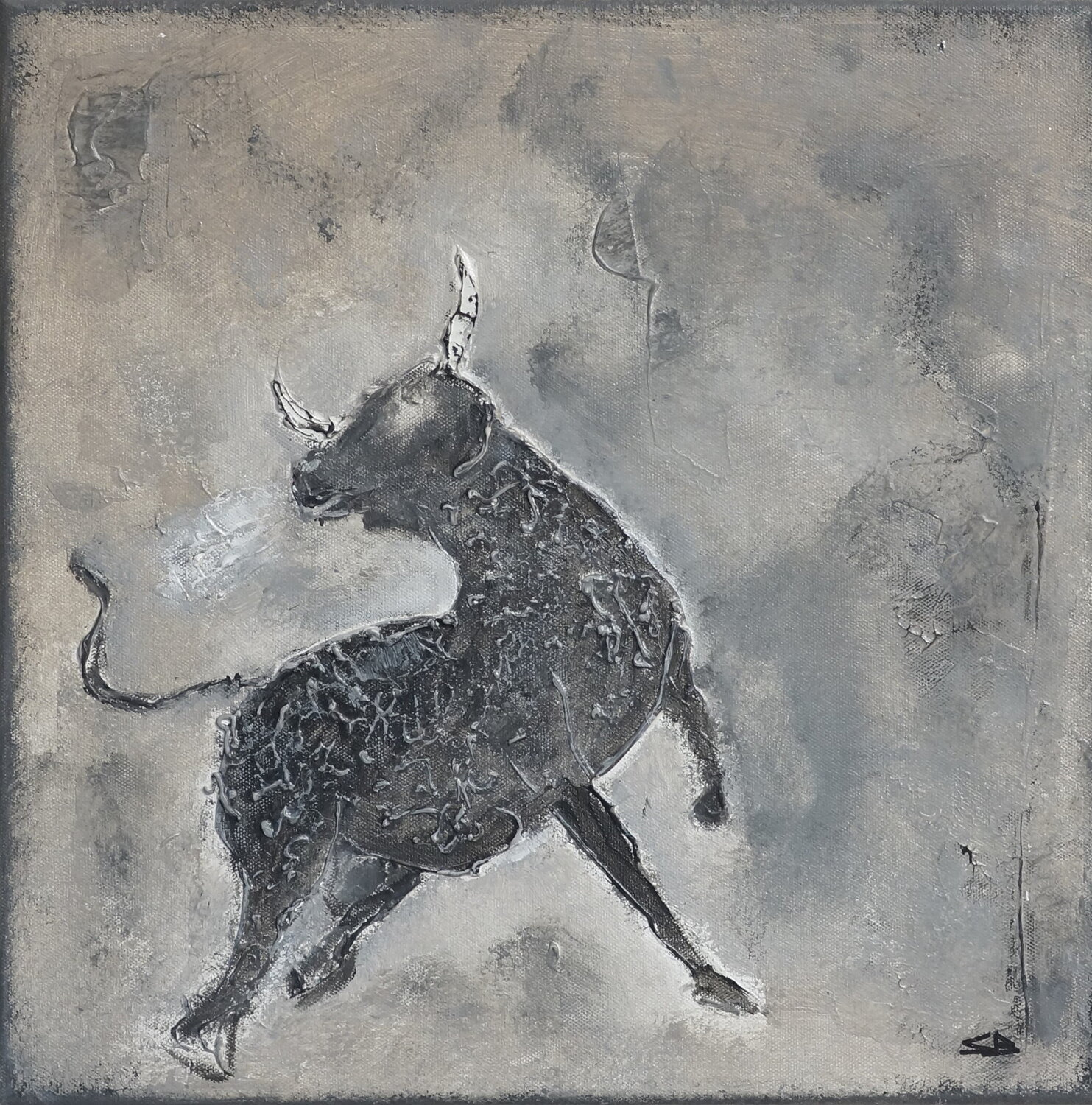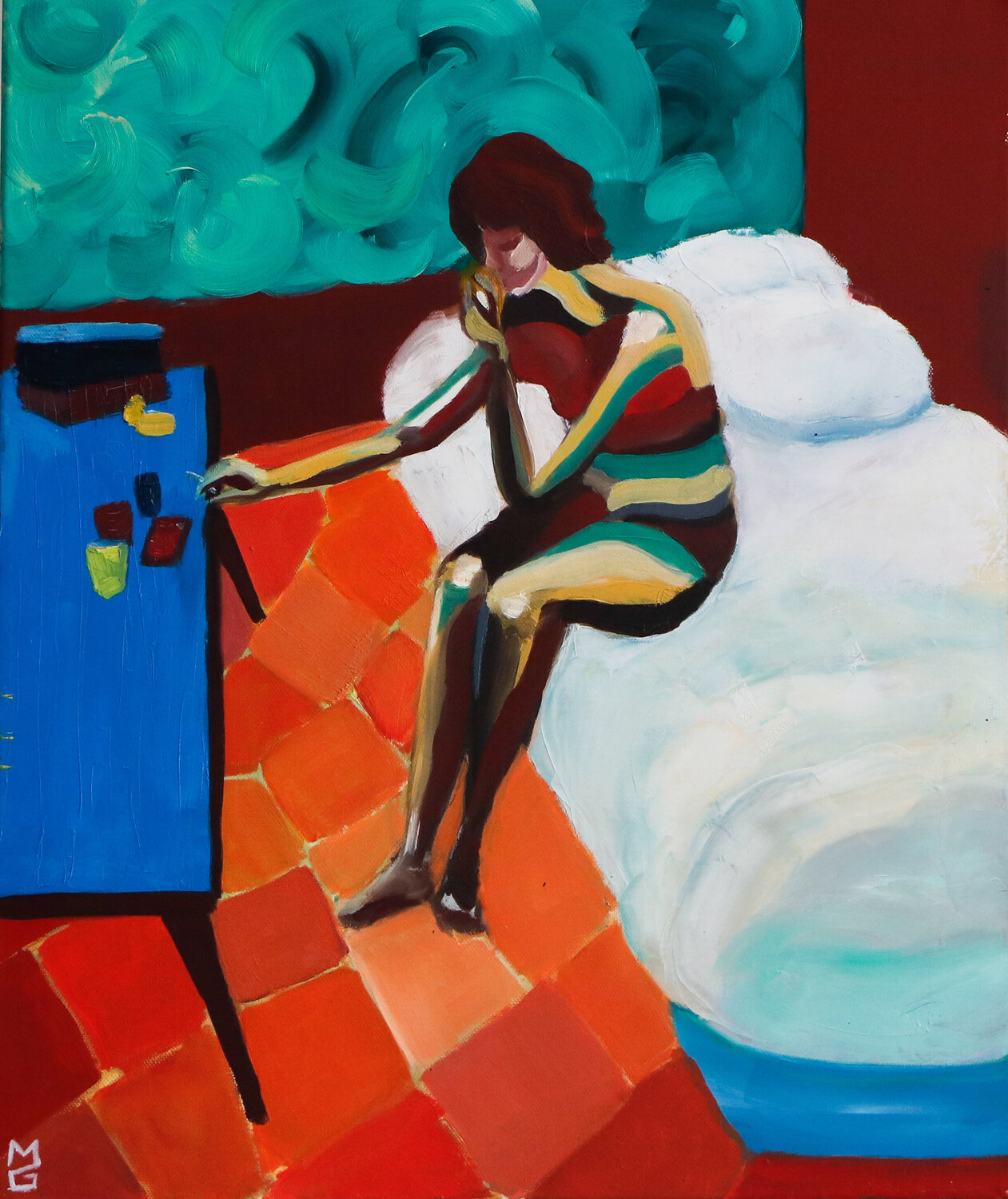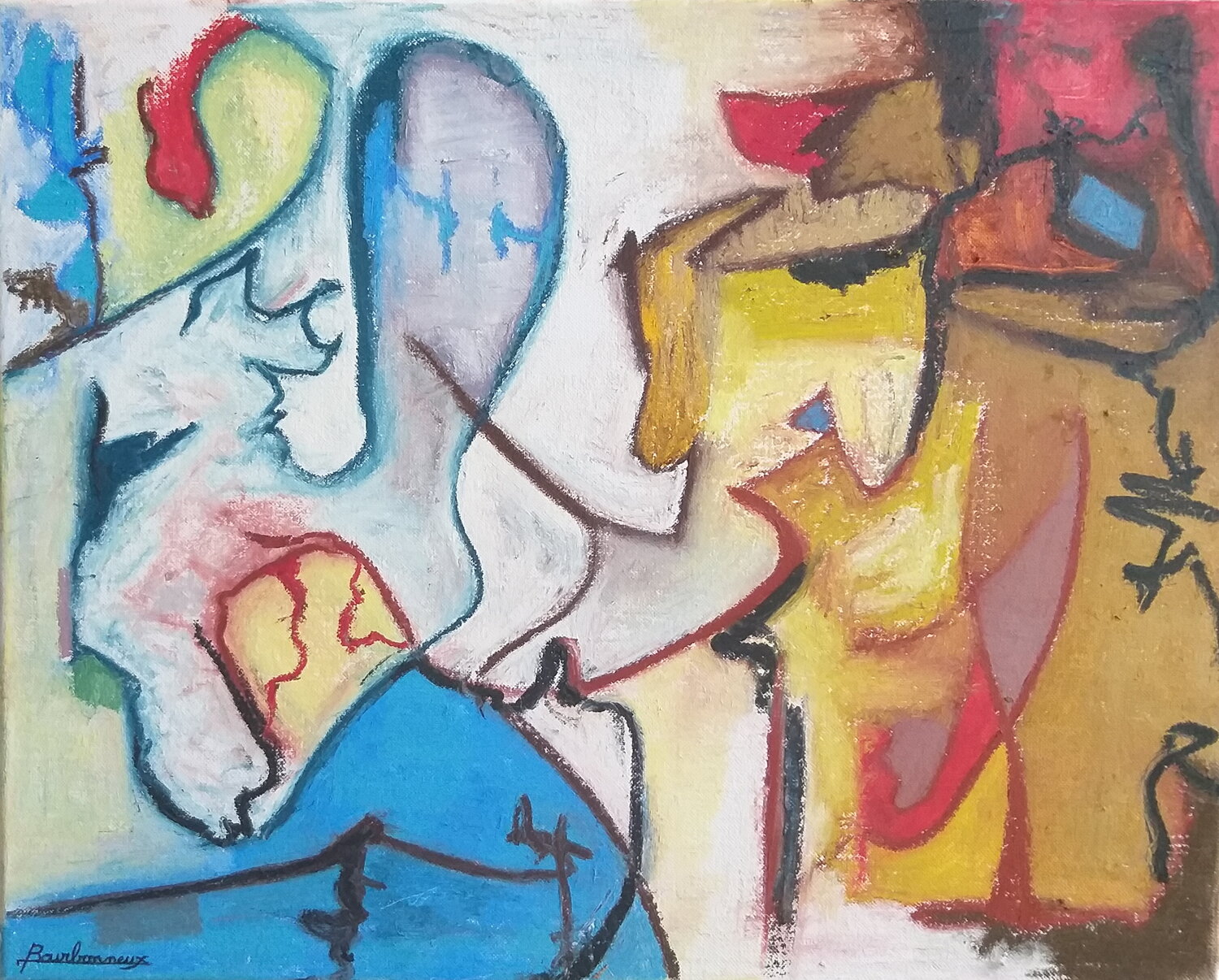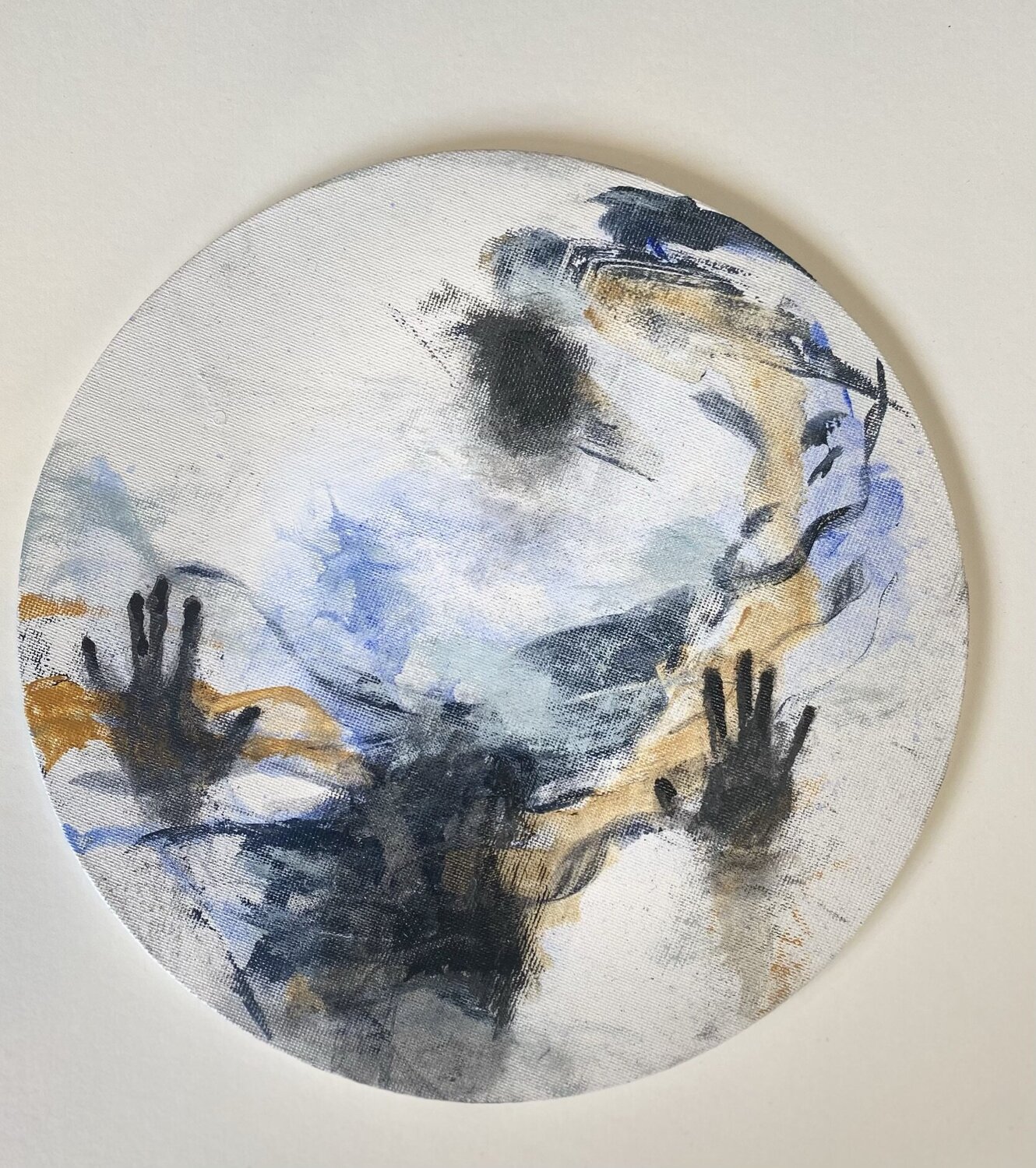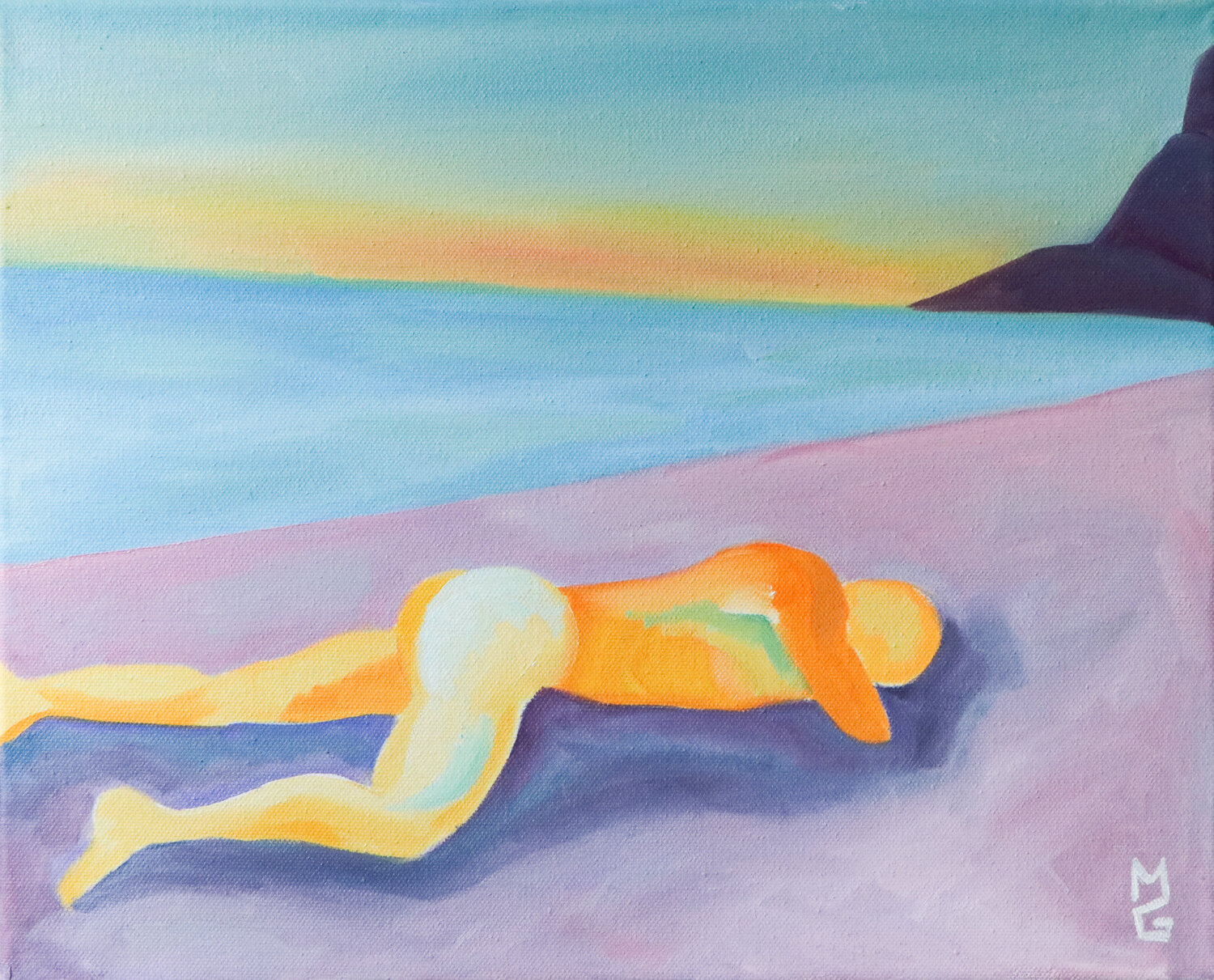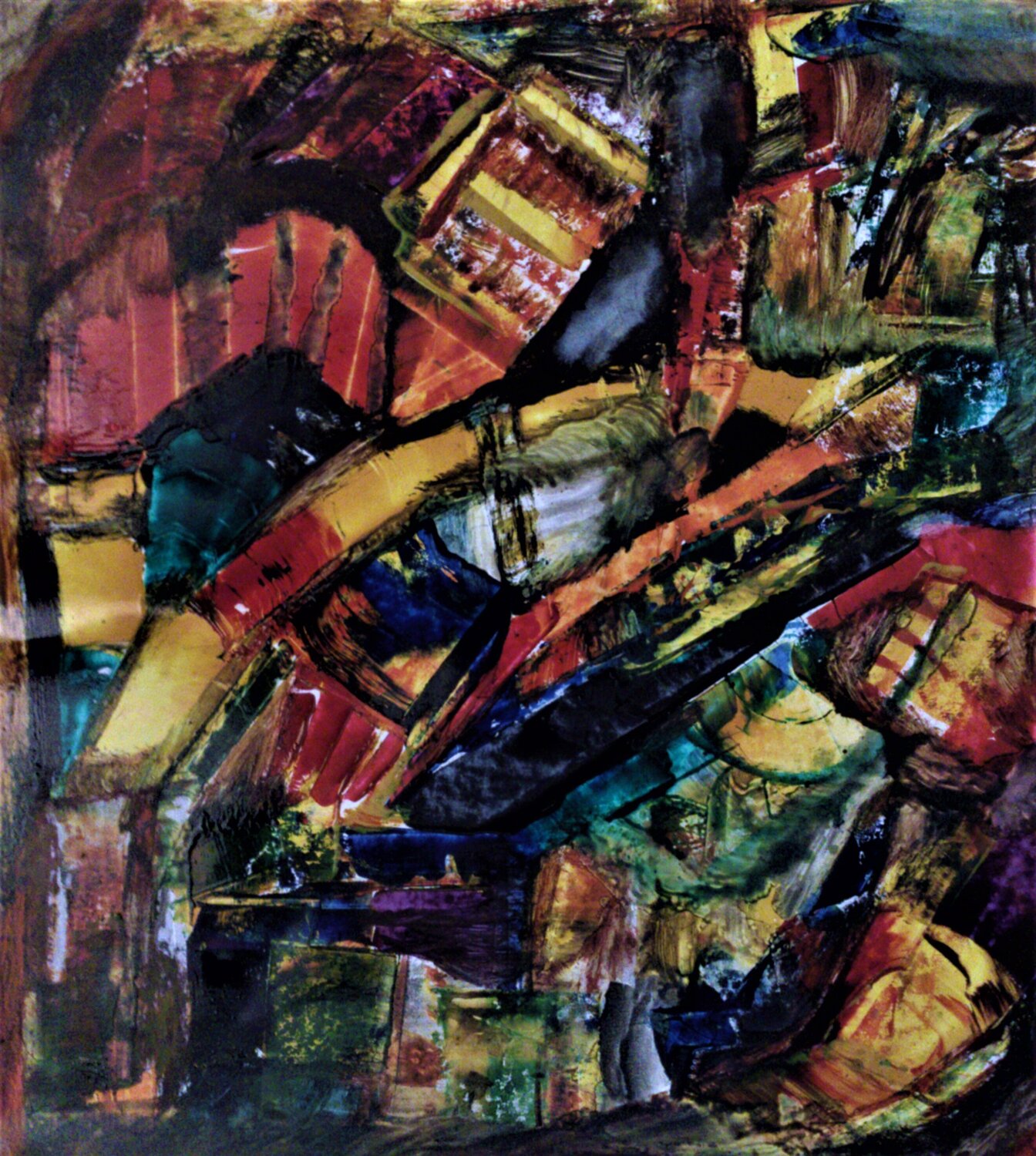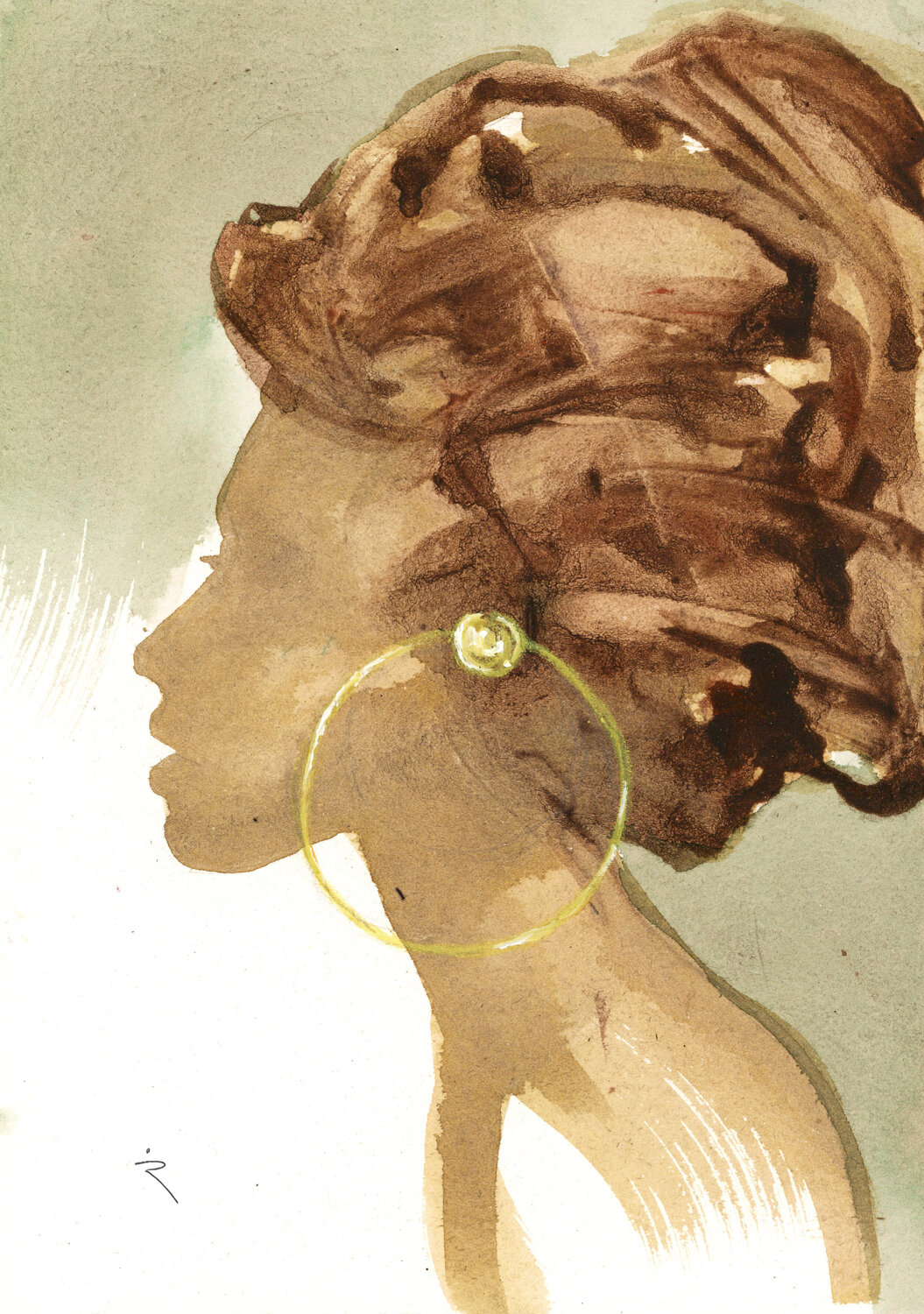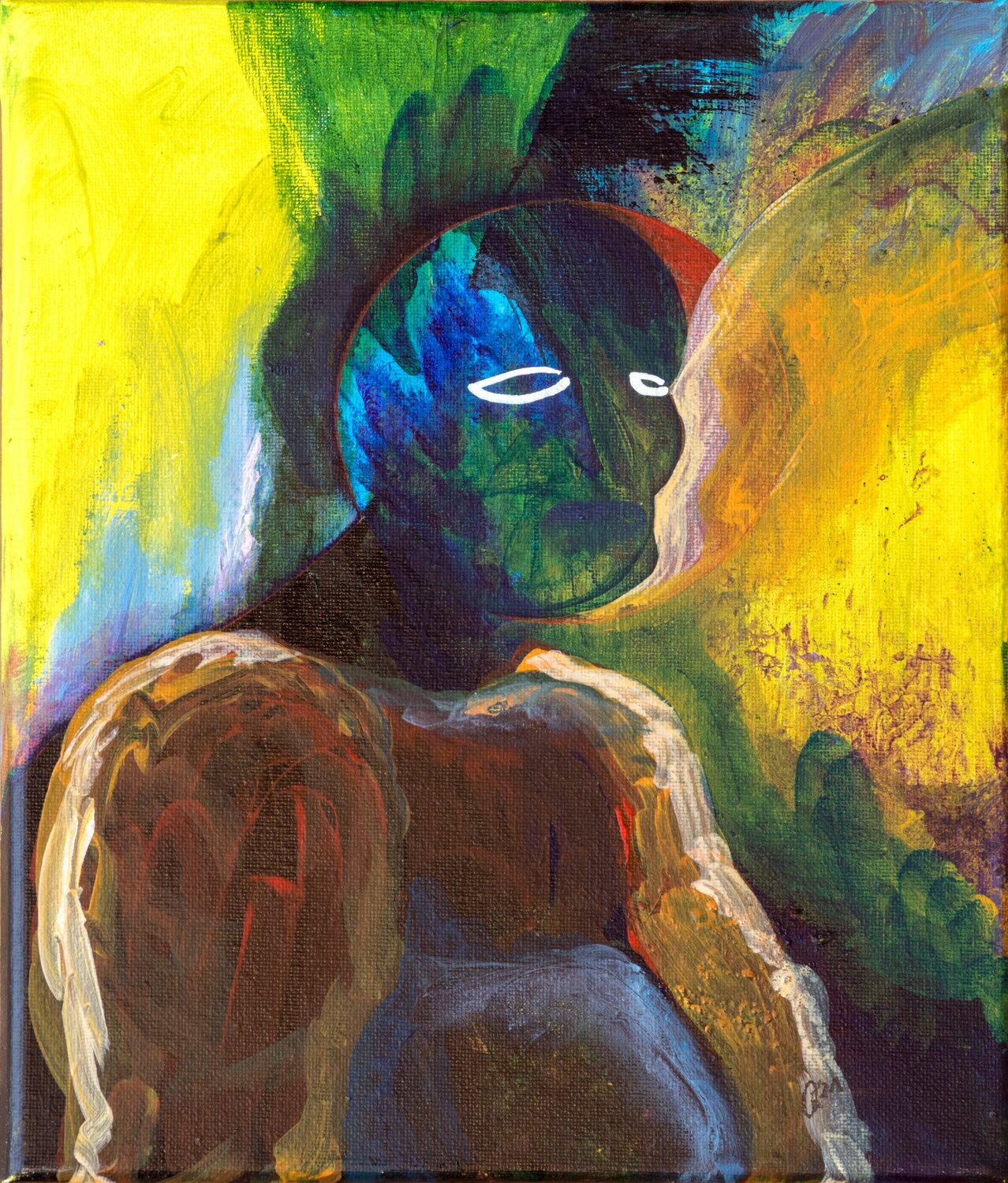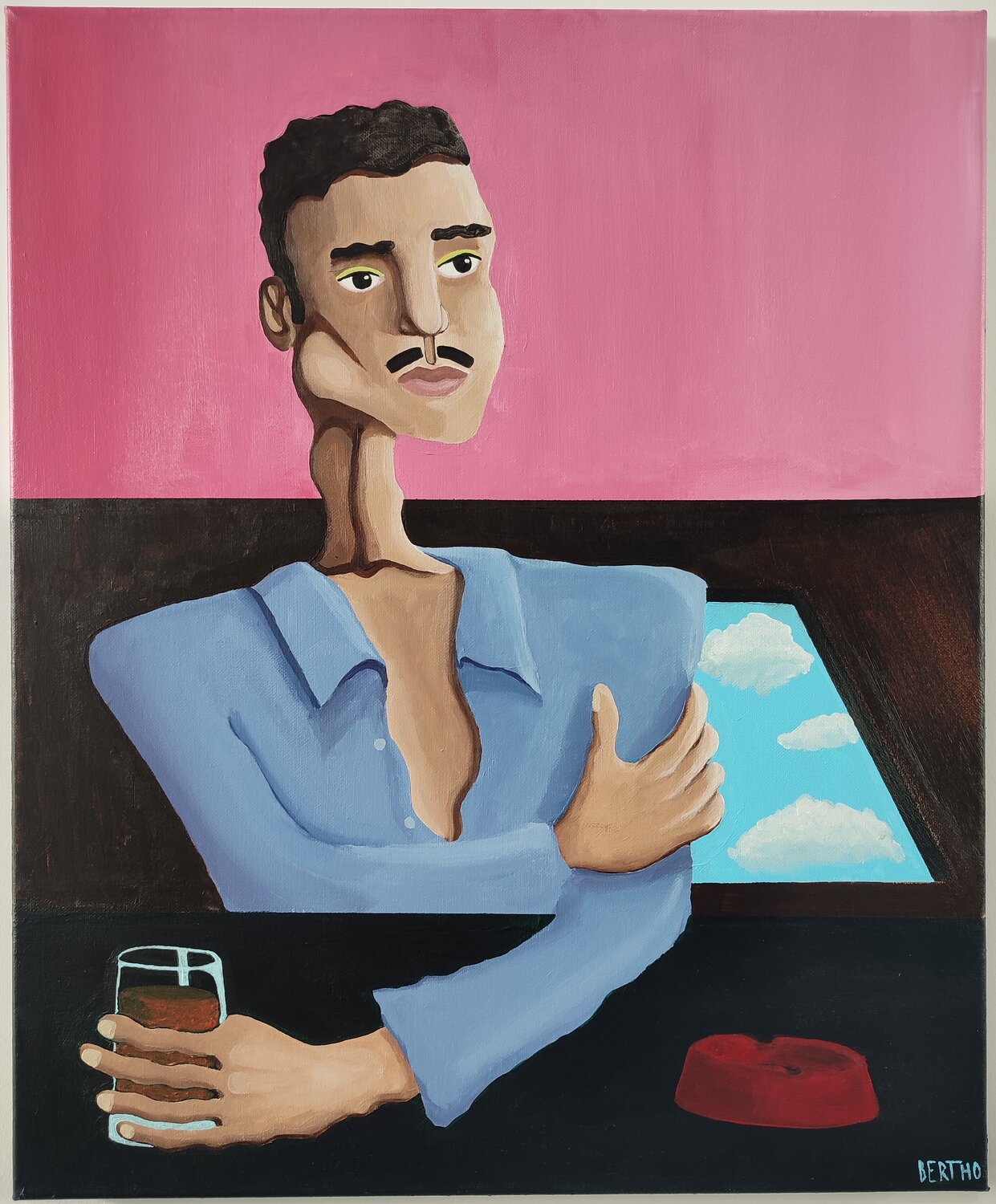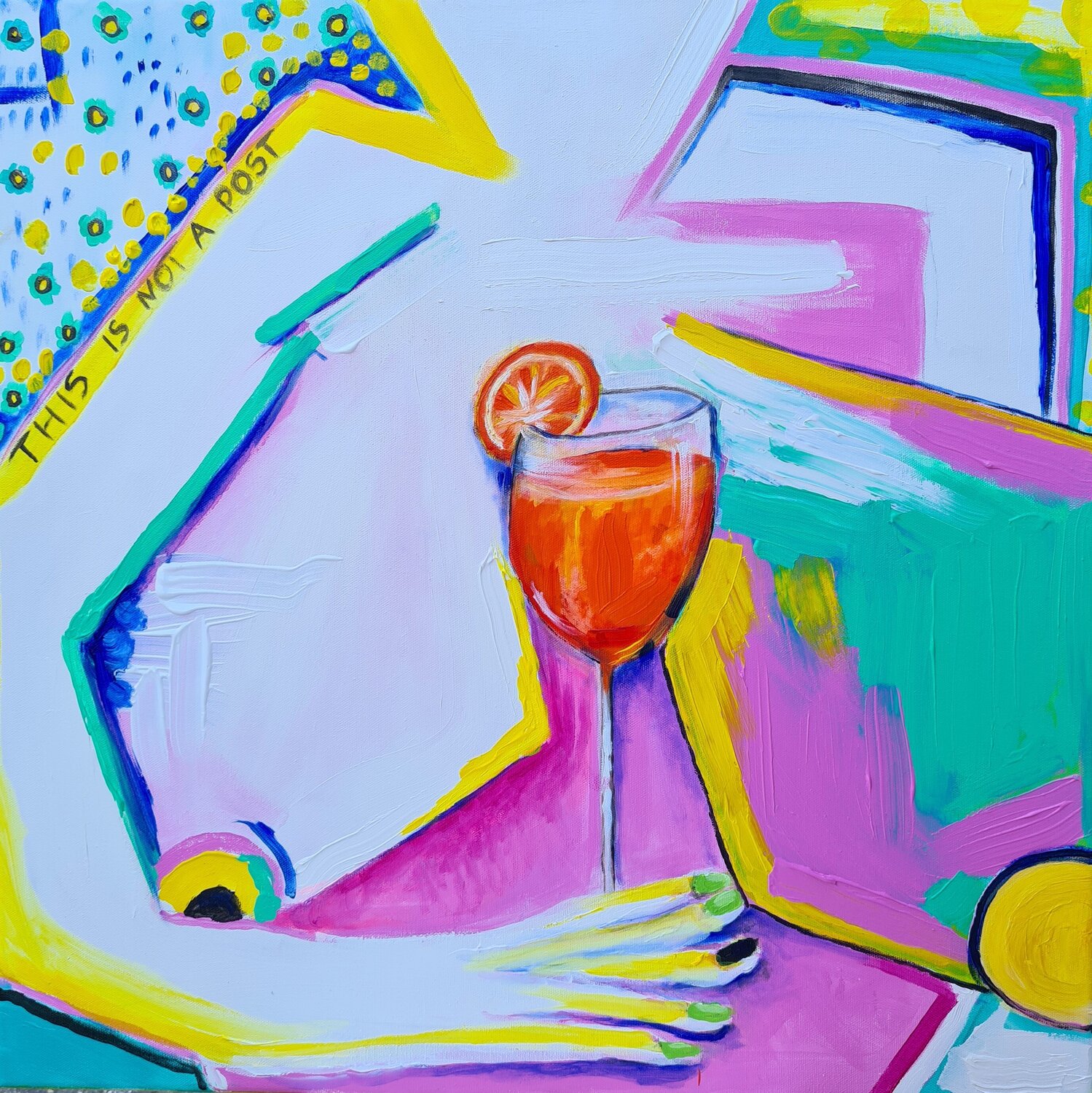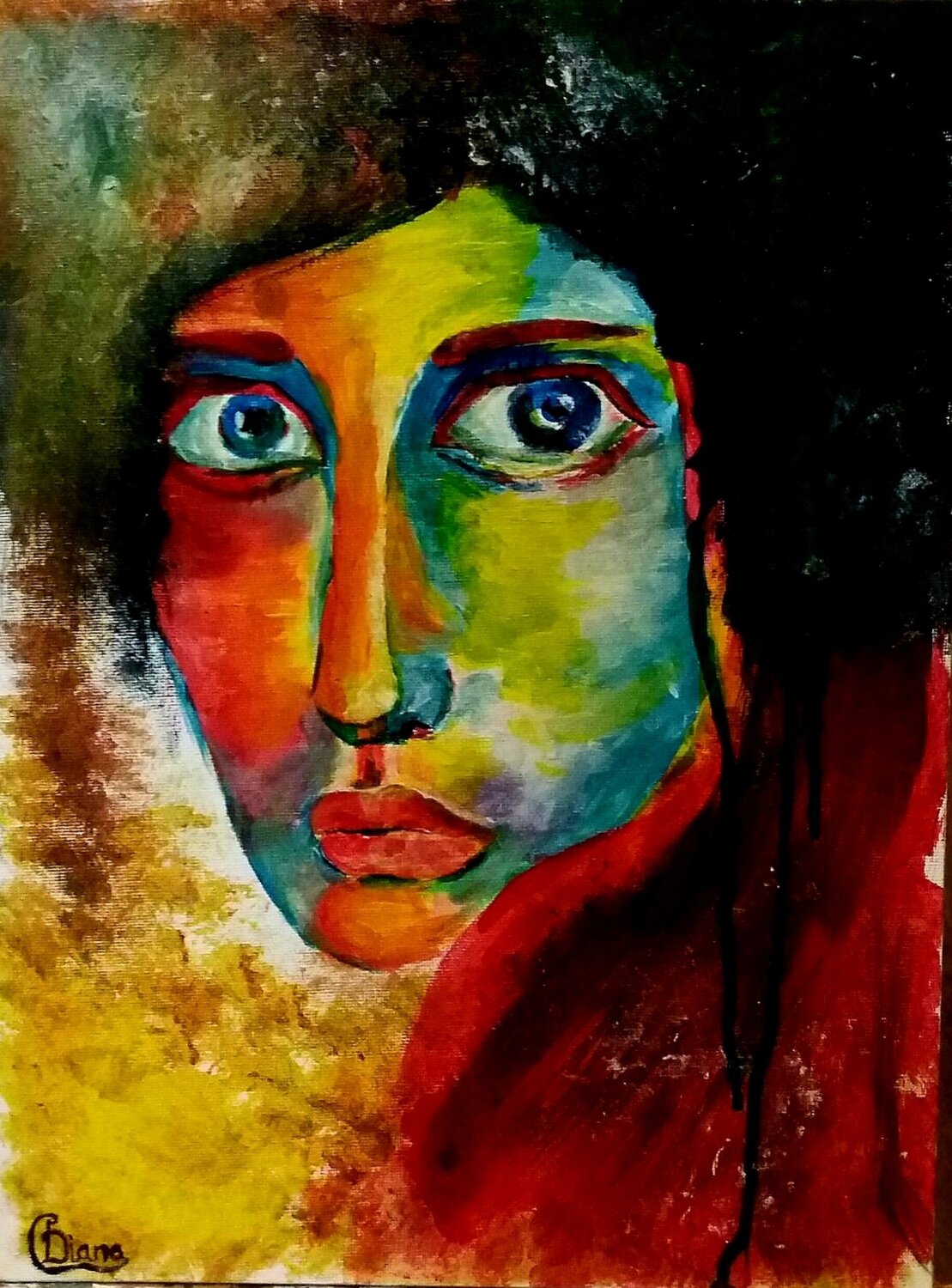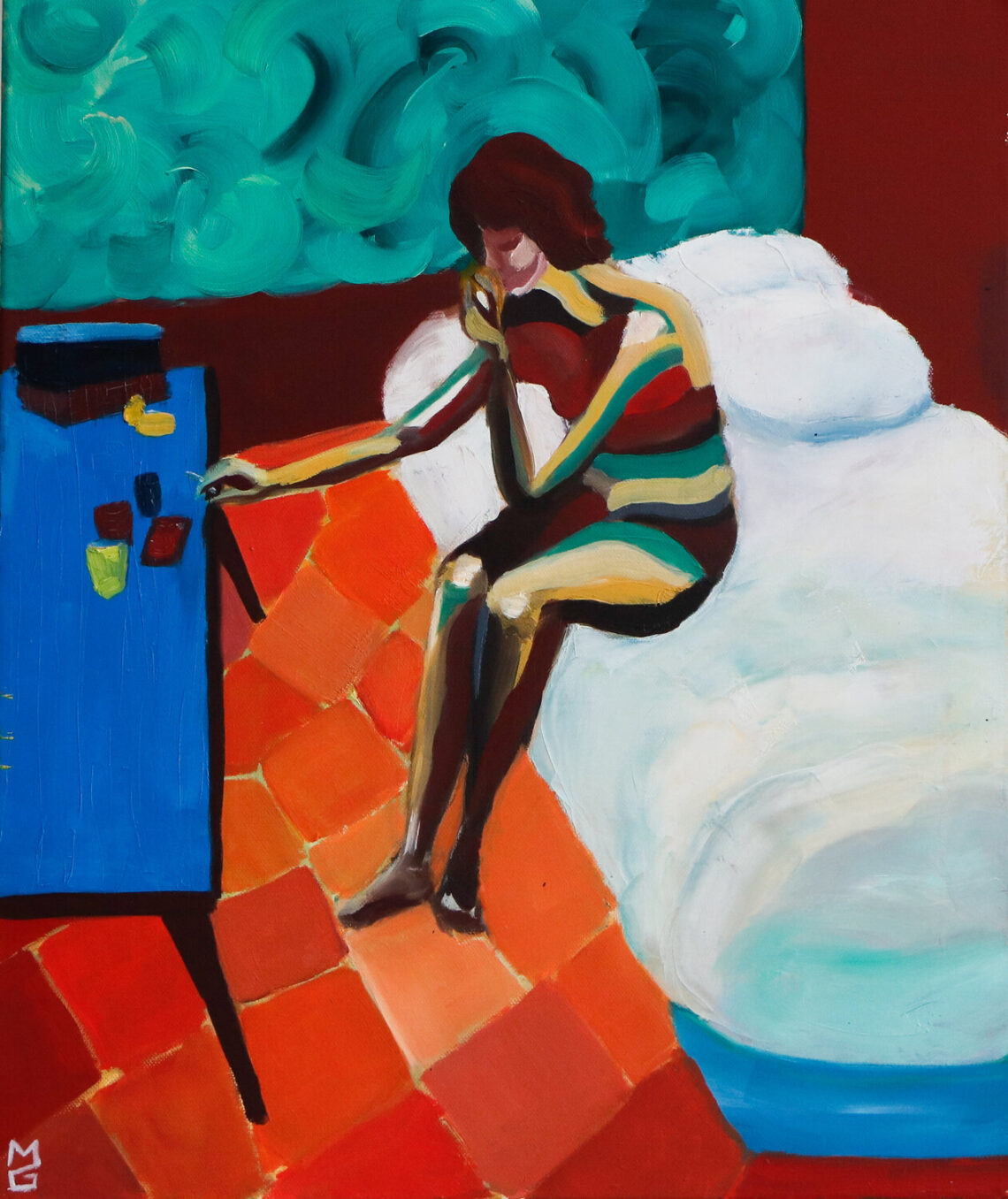You’ve definitely heard of an artwork having been described as “expressionist,” but what exactly does that mean? Of the millions of art terms liberally tossed around by the “experts,” it is one the most enigmatic. There are so many subcategories of the genre, and it has evolved a great amount since the first artists started experimenting with the concept in the early 20th century. Many make the mistake of thinking expressionism as only a movement. On the contrary, it started as a movement, but also refers to a certain approach to creating artworks. We know,we know, this is already starting to get a bit confusing! In this edition of Art Decoded, we will make the complicated simple, and give you an effective explanation of all things expressionist art!
Definition of Expressionism
Let’s start by defining exactly what expressionism is, in simplest terms. Regardless of the style of artwork, expressionist art refers when the artist seeks to distort reality in a manner that expresses an innate emotional feeling in an artwork. This simple definition contrasts with the innumerably complex ways artists can exude their emotions in their pieces. This is why we think of expressionism as having evolved into more of an artistic tendency than only a movement. However, the shift towards more and more artists expressing their inner self is a relatively new phenomenon, only taking shape within the last 100 years.
A Bit of History
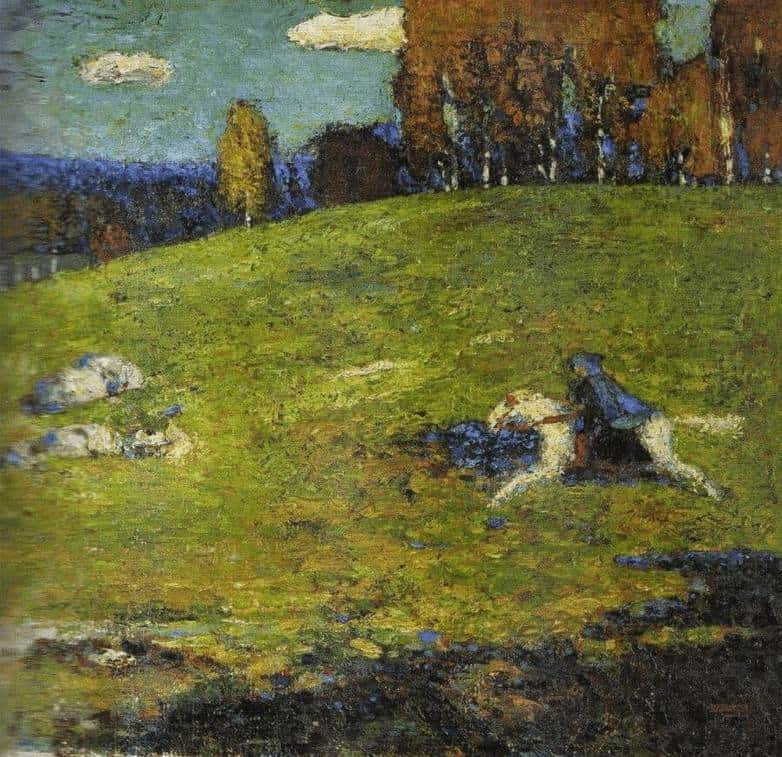
It’s funny because the first artists to use expressionist techniques never referred to themselves as such. The term was first coined by Antonin Matějček, a Czech art historian, in 1910. He had described the term as ther sort of ideological opposite to impressionism. This was a style of art that used color, brushstroke and light to give an ideal and ephemeral effect to real world subjects. Whereas impressionism aims to give a certain emotion to the viewer, expressionism makes the viewer understand the inner feelings of the artist. With the turn of the century in 1900, artists were aiming more and more to express themselves and their increasing disillusionment with the direction of modern society.
The earliest signs of this duality of inspirations came about in Dresden, Germany in 1905. A group of radical artists wanted to cause a stir through their art, utilizing distorted figures, disconcerted color choices and primitive forms. They referred to themselves as Die Brücke, or “The Bridge,” representing a youthful desire to make a bridge toward the future. While not super well known, these artists set the foundation for the genre!
In the decade following the forming of Die Brücke, another early German expressionist group was formed. Der Blaue Reiter, or “The Blue Rider,” was a movement spearheaded by artists that would later become legendary like Kandinsky. They were known for their varying subject matter, but interest in exploring spiritual themes with their art. As Europe and the world headed for war in the early 1900’s, the expressionist elements that these groups used would go on to influence artists outside Germany in many ways.
French Expressionism
One of the most vibrant and diverse scenes for expressionist art is in France. Some artists, like Vincent Van Goh and Paul Gauguin were active before the many of the expressionists, but their emotive uses of color and distortion of reality in their subjects make many include them in with the rest. Other France-based artists at the turn of the 20th century, like Henri Matisse, Marc Chagall, Georges Roualt and more impressed with their own signature styles that involved expressionism. Their uses of vivid colors, dramatic brushstrokes, and distortion of reality gave the French expressionists a high amount of regard that they still carry to this day.
Austrian Expressionism
Neighboring the country that invented the technique, many Austrian artists started using expressionism in their respective artworks. The two main figures of the Austrian brand of expressionist art are Egon Schiele and Oskar Kokoschka. Playing off of the themes of moral hypocrisy when it comes to dense topics like death, sex, violence and longing, their works used distorted depictions of these to communicate intense emotions.
Norwegian Expressionism
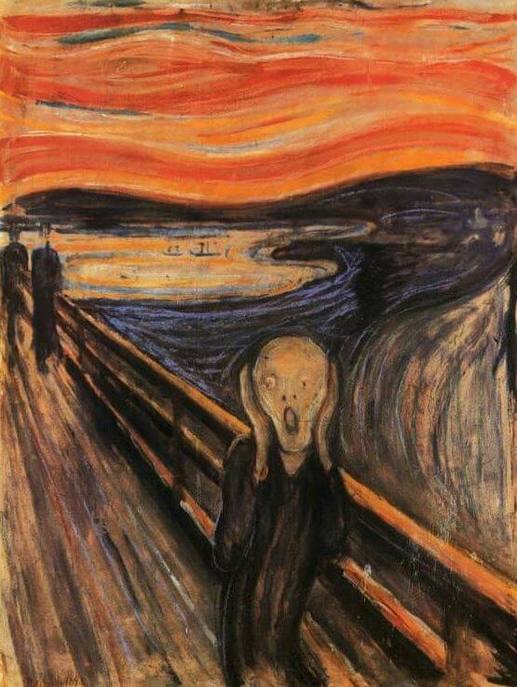
We cannot talk about famous expressionist artists and destinations without mentioning the Norwegian scene, and most notably, Edvard Munch. With his brooding colors, sinister usage of light and color, and his signature way of drawing, Munch has become an icon of expressionism. His works have a tendency to give a darker, melancholic and oftentimes unsettling effect. Take, for example, his most important and famous work, The Scream.
Impact on the Art World
After going through a boom in the first half of the 1900’s, expressionism as a concept fractured, and disseminated. The ideas put forth by the first expressionist artists set the stage for a wide range of art styles that would come later in the era, up to this very day. This is when we stop thinking of expressionism as an era of art, but rather as a technique and way of portraying emotions. The values of spirituality, primitivism and abstraction would become themes explored in many different ways in other modernist and contemporary art movements.
At balthasart, we love expressionist art! Below is our curation of expressionism-inspired pieces live on the site!
